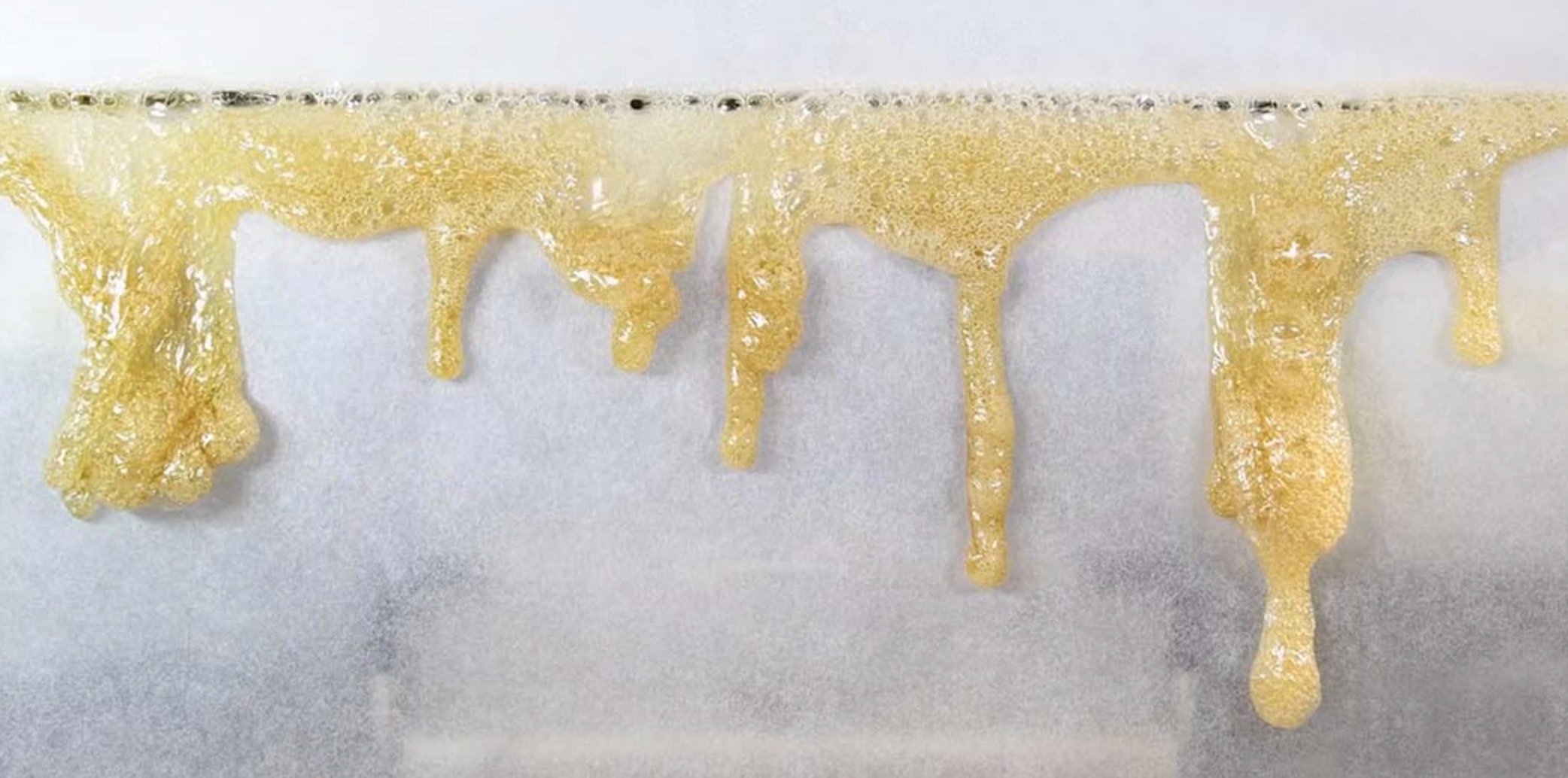Rosin is extracted using a combination of heat and pressure, but many misunderstand how the process works. Higher pressure doesn’t extract higher yields. Temperature plays a critical part. The machine, prep, calculations, and outcome you want all matter.
If you’ve just jumped into the rosin-pressing community, and feel like you’re at a loss, don’t worry. At the end of the day, rosin pressing is an engineering feat that can easily be recreated with similar results every time, so long as you use the same steps.
How Does Rosin Pressing Work?
Rosin is extracted using a combination of heat distribution to get the necessary flow and then pressure to press the oil out. Commonly pressed products include nuts, flowers, various plants, and, in particular, hemp, the latter of which is one of the most popular goods used in rosin press production today – especially at home.
While you may think a higher PSI will press more of the rosin out of your chosen ingredient, this isn’t the case. There is a set amount of pressure that can be used on the material in question. Using too much actually runs the risk of a blowout that will ruin your batch and potentially cause your machine to be damaged.
At-Home Rose Pressing Machines
As an example, machines from specialist brands like nectarrosinpress.com come in various forms. For most people, especially those starting out with rosin pressing, the at-home machine is more than enough to fulfill their needs. These machines are also available at lower prices than industrial options, making them more accessible for newcomers and people on a budget. Unless you’re using your press to create a product you intend to sell (on a larger scale, for instance), an at-home rosin press machine will do the job.
The Physics Behind Rosin Pressing
There are a few essential processes behind the rosin press that you need to understand in order to use the machine properly.
- Calculating PSI
The first important physics principle to understand when it comes to rosin pressing is PSI. PSI stands for pounds per square inch. It can be easily calculated by dividing the force of your machine by the area of the material you intend to press. Using a mold means you can rely on the fact that the ingredient is the same size for every batch, so you can use the same PSI calculation almost without fail.
- Heat
There is no single temperature that’s a good fit for all ingredients and even all users. In general, keep in mind that lower temperatures usually produce a more concentrated, pure rosin. The tradeoff is that it will also lead to a lower yield. If you’re looking for a higher yield option and don’t care if it’s lower in concentration and purity, use a higher temperature.
There is also what’s known as hot or cold pressing. With this option, you only use the hot or low temperatures for a short period of time. This can be a few seconds or a few minutes. As you can imagine, these methods will include some experimentation on your part to get the results you want.
- Hydraulics
The entire machine works through hydraulics, meaning it uses air pressure to force the pressure plates together to extract the rosin. Be aware of the dangers of using a hydraulic machine, and maintain it regularly so you can continue to extract your rosin safely.






